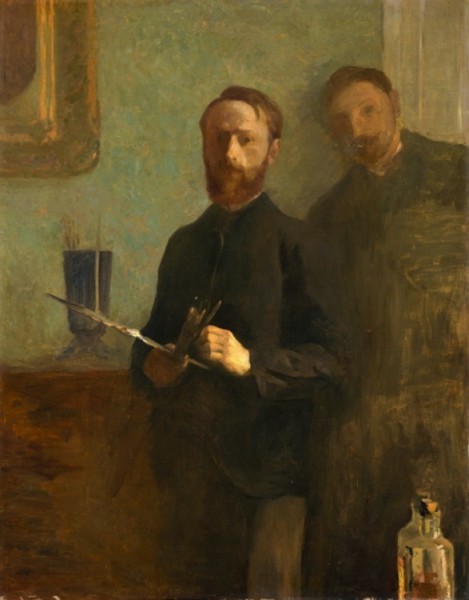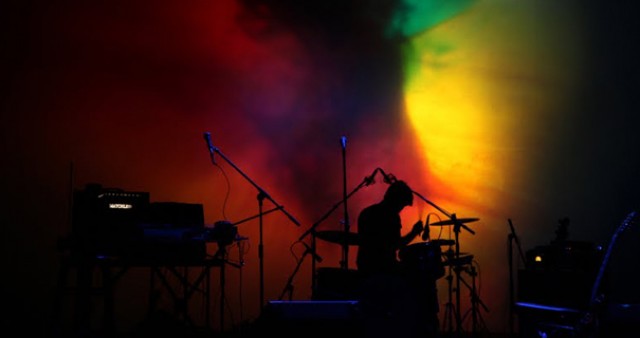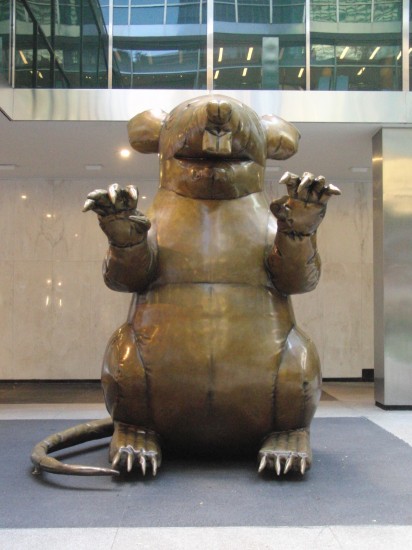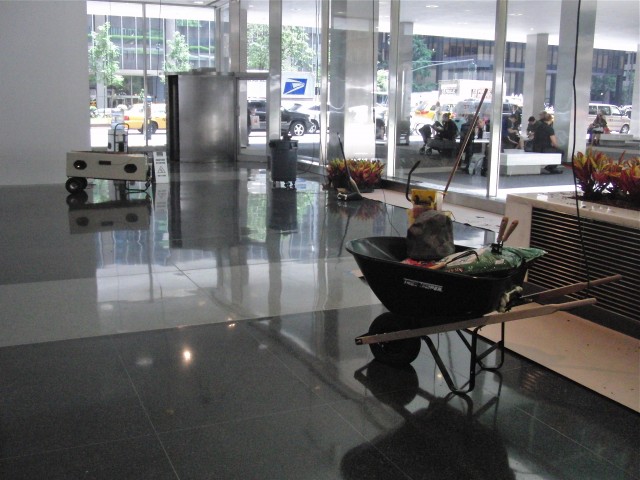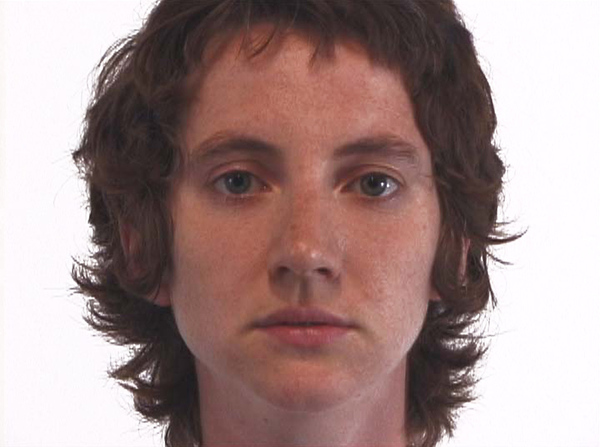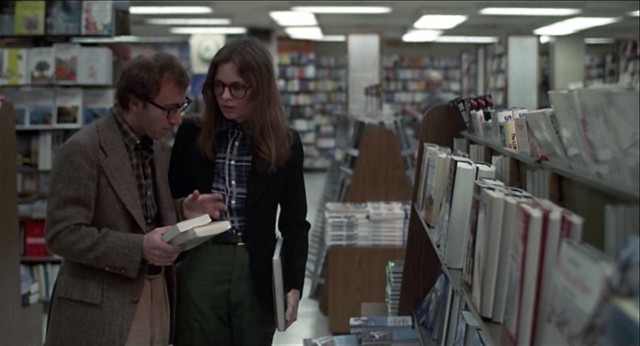
Alvy Singer and Annie Hall discuss the horrible, the miserable, and the search for happiness in ANNIE HALL
CABARET CINEMA: ANNIE HALL (Woody Allen, 1977)
Rubin Museum of Art
150 West 17th St. at Seventh Ave.
Friday, September 21, free with $7 bar minimum, 9:30
212-620-5000
www.rmanyc.org
 “I feel that life is divided into the horrible and the miserable. That’s the two categories,” says Alvy Singer (Woody Allen) in Annie Hall. “The horrible are like, I don’t know, terminal cases, you know, and blind people, crippled. I don’t know how they get through life. It’s amazing to me. And the miserable is everyone else. So you should be thankful that you’re miserable, because that’s very lucky, to be miserable.” Allen’s classic 1977 Oscar-winning film — which had the working title “Anhedonia,” a medical term referring to the inability to experience pleasure — is one of the funniest, most-quoted romantic comedies in film history, a pure delight from start to finish. It’s ostensibly a luuuuuurve story about a nebbishy Jew and the ultimate WASPy goy (Diane Keaton as the title character), but it’s really about so much more: large vibrating eggs, right turns on red lights, television, Existential Motifs in Russian Literature, California, slippery crustaceans, driving through Plutonium, dead sharks, Freud, Hitler, Leopold and Loeb, religion, cocaine, Shakespeare in the Park, Buick-size spiders, planet Earth, and, well, la-di-da, la-di-da, la la. The film is screening on September 21 as part of the new Rubin Museum series “Happiness is…,” which consists of movies with a somewhat different idea of joy, including Alfred Hitchcock’s Strangers on a Train, Bob Rafelson’s Five Easy Pieces, Federico Fellini’s 8½, and Ingmar Bergman’s Cries and Whispers. Part of the larger Rubin program “Happy Talk,” the screening will be introduced by Columbia associate professor and filmmaker Dan Kleinman. Alvy Singer: “Here, you look like a very happy couple. Um, are you?” Woman on the street: “Yeah.” Alvy Singer: “Yeah? So, so, how do you account for it?” Woman on the street: “Uh, I’m very shallow and empty and I have no ideas and nothing interesting to say.” Man on the street: “And I’m exactly the same way.” Alvy Singer: “I see. Wow. That’s very interesting. So you’ve managed to work out something.” Yes, Annie Hall is also about the search for happiness. And isn’t that what we’re all after?
“I feel that life is divided into the horrible and the miserable. That’s the two categories,” says Alvy Singer (Woody Allen) in Annie Hall. “The horrible are like, I don’t know, terminal cases, you know, and blind people, crippled. I don’t know how they get through life. It’s amazing to me. And the miserable is everyone else. So you should be thankful that you’re miserable, because that’s very lucky, to be miserable.” Allen’s classic 1977 Oscar-winning film — which had the working title “Anhedonia,” a medical term referring to the inability to experience pleasure — is one of the funniest, most-quoted romantic comedies in film history, a pure delight from start to finish. It’s ostensibly a luuuuuurve story about a nebbishy Jew and the ultimate WASPy goy (Diane Keaton as the title character), but it’s really about so much more: large vibrating eggs, right turns on red lights, television, Existential Motifs in Russian Literature, California, slippery crustaceans, driving through Plutonium, dead sharks, Freud, Hitler, Leopold and Loeb, religion, cocaine, Shakespeare in the Park, Buick-size spiders, planet Earth, and, well, la-di-da, la-di-da, la la. The film is screening on September 21 as part of the new Rubin Museum series “Happiness is…,” which consists of movies with a somewhat different idea of joy, including Alfred Hitchcock’s Strangers on a Train, Bob Rafelson’s Five Easy Pieces, Federico Fellini’s 8½, and Ingmar Bergman’s Cries and Whispers. Part of the larger Rubin program “Happy Talk,” the screening will be introduced by Columbia associate professor and filmmaker Dan Kleinman. Alvy Singer: “Here, you look like a very happy couple. Um, are you?” Woman on the street: “Yeah.” Alvy Singer: “Yeah? So, so, how do you account for it?” Woman on the street: “Uh, I’m very shallow and empty and I have no ideas and nothing interesting to say.” Man on the street: “And I’m exactly the same way.” Alvy Singer: “I see. Wow. That’s very interesting. So you’ve managed to work out something.” Yes, Annie Hall is also about the search for happiness. And isn’t that what we’re all after?

